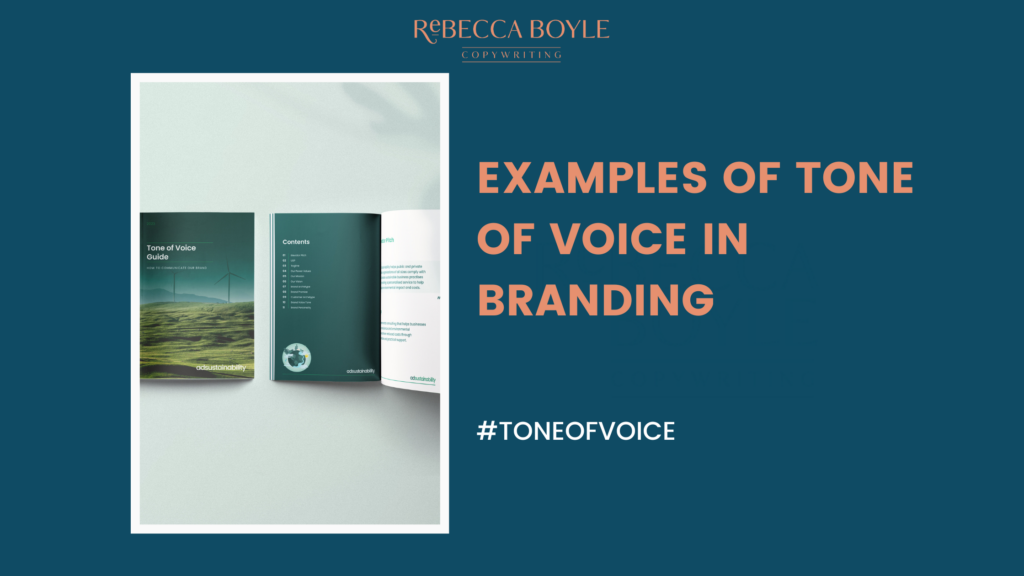Have you ever had someone say something about you that has shocked you?
Maybe someone said you were funny, and you thought, ‘what, me?’
Often, we don’t see ourselves how others do.
And it’s the same with your brand.
Sometimes we don’t consider how people think about our company. This can lead to an unclear brand personality that your potential audience doesn’t resonate with. Or even worse a bad reputation that can be hard to shift.
Controlling the narrative of your brand by creating a tone of voice guide is the best way to be consistent about how you market your company.
What is tone of voice in branding?
Tone of voice or brand voice is how your business consistently speaks to create a unique personality.
Think of Coca Cola.
They have consistently been showing up as a cheerful and fun personality. If they suddenly talked in a cynical way, it wouldn’t sound like them and it would confuse their audience.
From their vibrant red packaging, their swirly fun font, and how they write, everything is intentionally done to create that fun, upbeat persona.
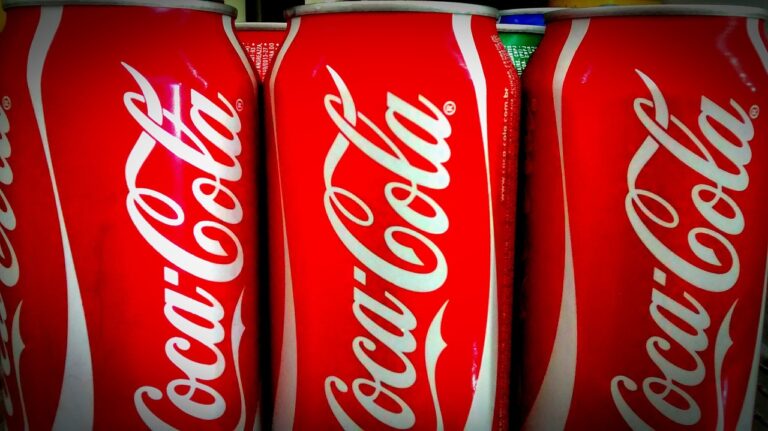
Why is tone of voice important?
Tone of voice helps you communicate both inside and outside of your organisation and allows you to:
Grow a business with staying power
Creating a unique tone of voice in your branding will help you resonate with your audience. This helps them stay loyal to you and choose you over a competitor. It helps you to be confident about achieving your business goals because you’re in control of your brand image.
Businesses with consistent branding tend to see up to 20% more growth and 33% higher revenue compared to those who don’t.
Get clear
By getting clear on your tone of voice, you can speak confidently about your business.
Connect with customers
Creating a unique voice will help your audience like and trust you because you’re reliable. You always show up in the same way.
And when customers like you, they will purchase from you and continue to do so. Even when you make mistakes.
Achieve premium pricing
You don’t have to worry about being the cheapest because your audience isn’t as concerned about price. They will buy from you because they like you which helps you worry less about features or being copied by competitors and instead achieve premium pricing.
Look at Audi. They’re not necessarily the best driving cars. But people pay a lot of money for them, not simply because of the product, but because of what it says about them. That they can afford it. They’re successful.
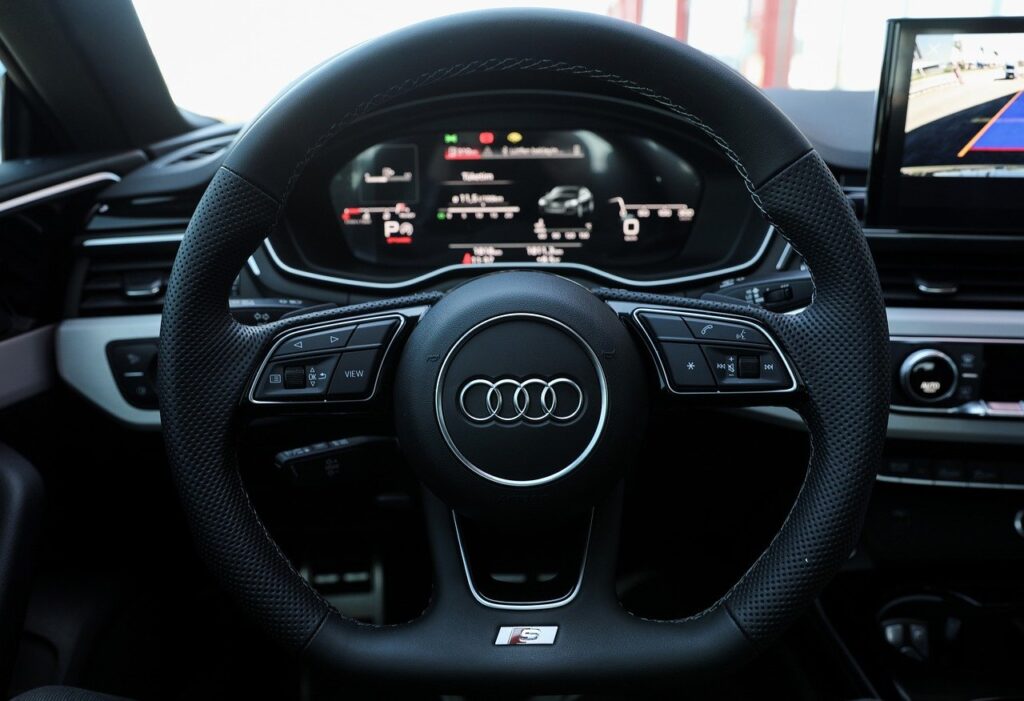
Stand out from your competition
There’s so much trying to gain our attention that you will be forgettable unless you make it clear (and quickly) what makes you different.
For example, when I created a tone of voice guide for my clients AD Sustainability, I found that their competitors all had the same formal and cold tone. We could get AD Sustainability to stand out from everyone else by being conversational, using less jargon or explaining terms, and using less traditional grammar.
Shorter buying cycles
If people are familiar with your brand and trust you because you keep showing up in a consistent manner, then it’s more likely they will choose you when faced with a choice.
Tone of voice on different platforms
A lot of clients ask me, do I need to change my tone of voice for different platforms.
No and yes.
No, you will always want to sound like yourself.
But.
Yes, you will want to vary how you talk on certain channels, just like you would if you spoke with a friend compared to how you would speak to a colleague.
On your website, you will probably be a bit more professional. You might use more jargon and industry-specific language.
Whereas for your tone of voice on social media, you might be more conversational, relaxed, and possibly use emojis or gifs.
Look at this example of Wendy’s:
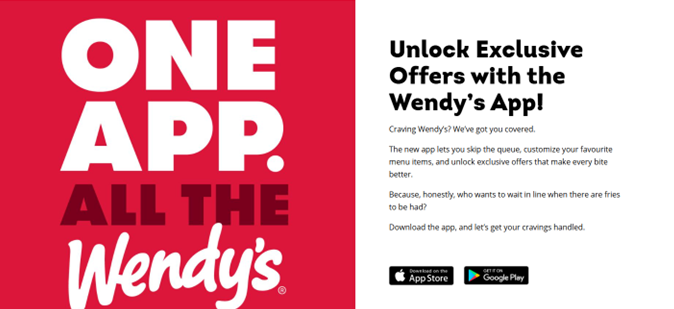
On their website, they are conversational with short sentences, exclamation marks and their use of contractions. But it’s still concentrating on being more sales orientated with a focus on their products.
Compare this to their social media:
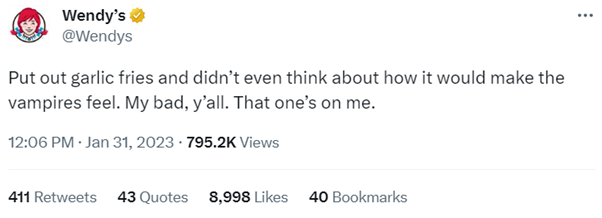
They are still conversational, using slang words like ‘y’all’, but they are more humorous and don’t take themselves too seriously. They also get a lot more confrontational, taking aim at their competitors and replying to comments sarcastically.
Same personality but slightly different tone depending on what channel they use.
Tone of voice examples
There are many great brand tone of voice examples where companies are consistent with how they communicate across every channel (including internally).
Passionate and bold
One of my favourite brands is Formula 1. I’m a fan but I also love the way they are consistent with their brand.
F1 is about excitement, passion, and being the best.
In their tone of voice guide they talk about how to capture this excitement and passion into how they communicate.
They don’t like safe and familiar words. They like power words like ‘guts’ and ‘glory’. And dramatic words like, ‘breathtaking’, ‘glittering’, and ‘bountiful’.
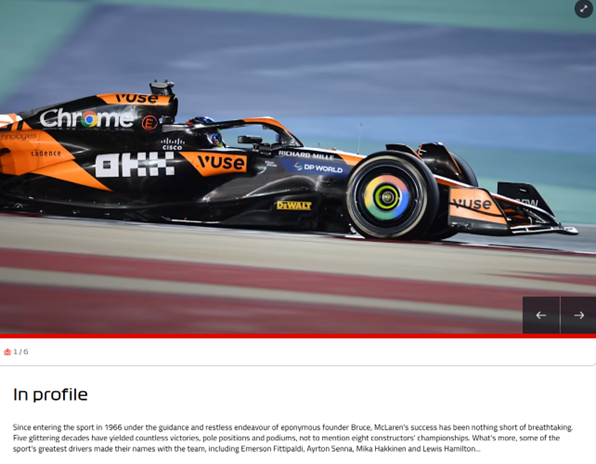
They like short sentences like ‘we’re unleashing the greatest racing spectacle on the planet.’
The short sentences quicken the pace, just like their fast cars.
They do this on their social media too. Their introduction on their Facebook page is ‘The home of risk takers, late brakers and history makers.’
They’re bold and everything from their logo, their words, and their grammar creates this impression.
In this email from F1, you can see their bold tone of voice clearly too.
We see a countdown timer, putting pressure on the reader. In the photograph, we see blurred lights to create the impression of speed, we see lots of lights and F1 cars.
In the writing, they use words like ‘adrenaline-jumping jackpot’ and short sentences like ‘no dice?’
All of this creates an excitable, fast-paced read. If someone talked to you like this, they’d give you the impression that they were a go-getter. Someone who had plenty of energy, who was up for anything (and possibly on a lot of caffeine).

Fun and conversational
Duolingo is a fun brand that makes learning a language simple.
In their tone of voice guide, they say their voice qualities are ‘expressive’, ‘playful’, ‘embracing’, and ‘worldly’.
They show this in their writing by using an active voice and being concise.
They say things like ‘You did it!’ instead of ‘congratulations’.
‘You did it!’ is more personal, it’s encouraging and less formal than a simple ‘congratulations’.
They use exclamation marks to show their excitement and positivity.
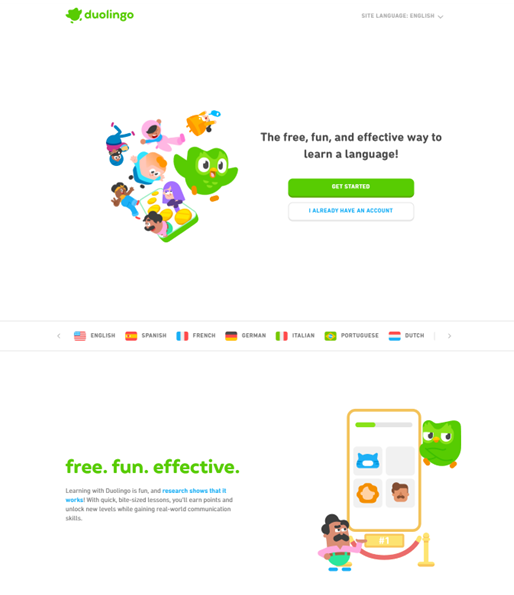
Even when you get an answer wrong, they’re still positive. Instead of ‘incorrect’ they’ll say ‘not quite correct. Try again!’
They’re like that fun teacher you had (hopefully you had one) that made learning interesting, not the strict teacher who shouted at you in front of everyone for not getting something right.
Compare this to Rosetta Stone, another language platform.
Duolingo’s headline on their website is, ‘The free, fun, and effective way to learn a language!’ And they start their subheadings with lower case words, not adhering to the usual grammar standards. Whereas Rosetta Stone’s is, ‘The experts in language learning,’ and start their subheadings with capital letters.
Rosetta stone is more formal, and they use more sophisticated language.
You can instantly see a difference and not only that, but you feel a certain way as the reader towards each of these brands.
Even the name of each brand creates a different impression. Rosetta Stone is famously a stone tablet with writing on it that when decoded was the key to deciphering Egyptian hieroglyphics.
Duolingo isn’t as serious, it’s a bit of a nonsense word and ‘lingo’ is short for language, showing the casualness, they exude. But you imagine Rosetta Stone referring to language as the slang word ‘lingo’.
Serious
The University of Leeds start their tone of voice guide with a quote from an American journalist and author, William Zinsser. Famous for his book ‘On Writing Well’.
This shows us right away that this is a serious organisation.
While they still say they are ‘straightforward’ and write in everyday English rather than using longer words, they are still serious and use formal language.
They use longer sentences than you’d seen in a brand like Duolingo. A sentence on their website reads, ‘The Yorkshire College of Science was founded around 40 years later, largely because the wool and textile industries worried that the rapid development of new technologies in Europe posed a threat to the local cloth trade.’
Words like ‘founded’ are more traditional to show their attitude as being one of doing things properly. Not like Duolingo who don’t use capital letters for headings or like F1 who use all capitals for some words and one-word sentences.
Unlike Duolingo or F1, their icon is serious. It’s black and white with a graphic of their building. It’s not a colourful cartoon character like Duolingo’s owl ‘Duo’.
Even in the layout of the website of the University of Leeds, you can see it is more traditional, and formal compared to Duolingo’s or F1 that has mainly images.
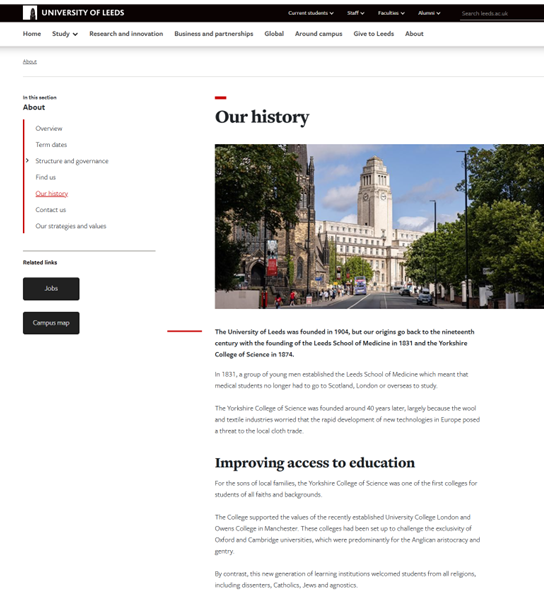
These three different brands have unique brand personalities which comes through by how they communicate. From their logos to their fonts, the words they use, the length of their sentences, the grammar they adhere to, and every aspect of their appearance and written communication.
Every bit is intentional and used consistently to create the brand personality and how you feel about each one.
It’s like three of your friends, each with their own unique way of being. Just like you’d know which friend messaged you without seeing their name, just by what they say. The same should go for a brand too.
And how do they ensure this consistency? By having tone of voice guidelines. A tone of voice document sets out their goals, branding values, fonts, colours, language, and lots of other factors.
This means everyone in the business from the sales team to marketing and accounting, can all be consistent with their tone of voice.
Take a look at your own business. Are you consistent across all your platforms?
If not, you might need help creating your tone of voice guide.
See our tone of voice packages or contact us for a chat.

